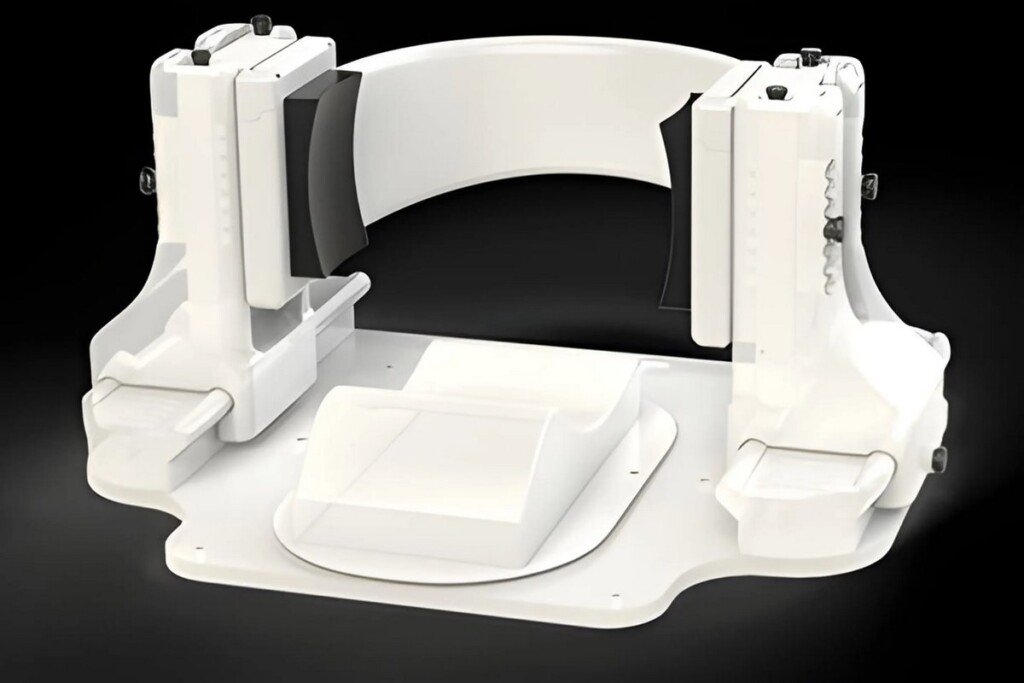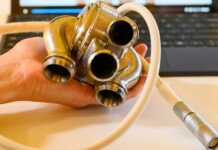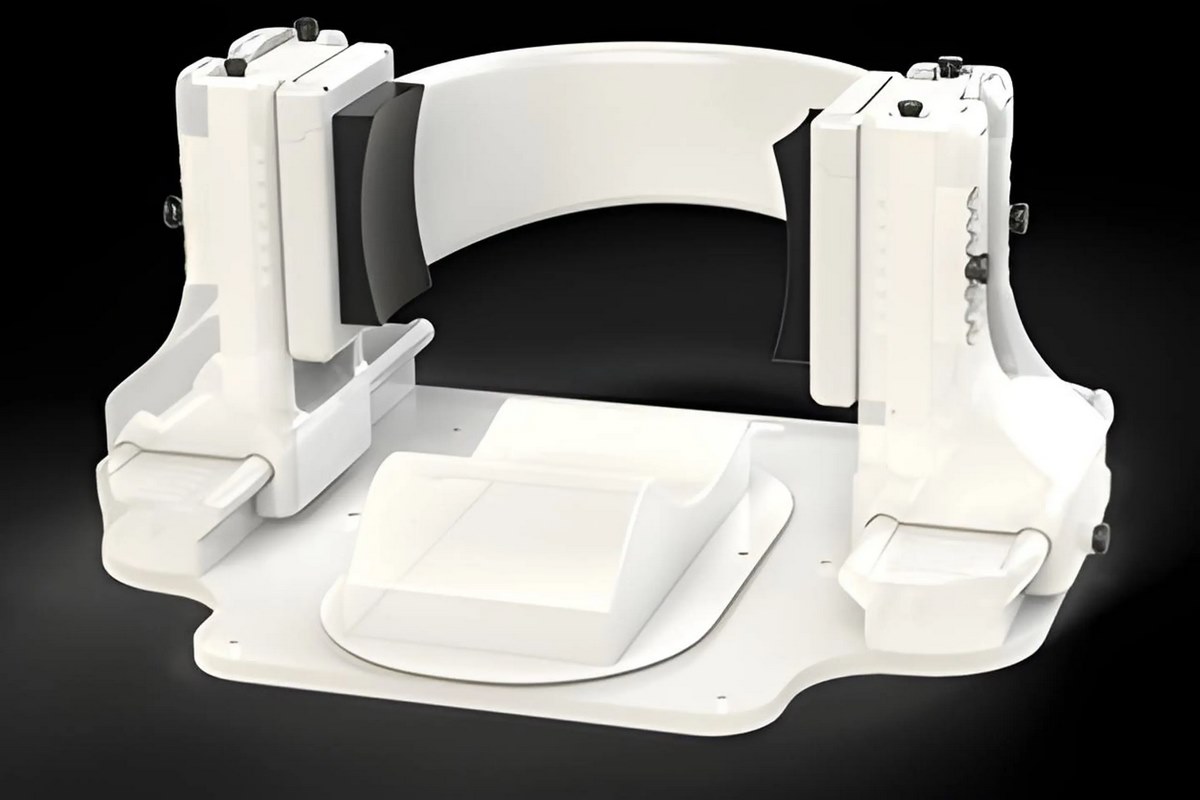
A crown-like device has been relieving patients of pain and depression in clinical trials, and has the authors excited.
Called the Diadem, named for a crown-like adornment worn by sovereigns across time, it sends therapeutic sound waves to targeted regions of the brain with millimeter precision.
These sorts of non-pharma treatments can raise eyebrows with some, as for the last generation, the prescription of SSRIs for depression has been widespread and nearly universal among American clinicians.
But the paper’s lead author Tom Riis, a postdoctoral researcher in the Department of Biomedical Engineering at the University of Utah, reports rave reviews among his team.
“We’ve been blown away by the positive results so far,” Rise told New Atlas. “After just a single 40-minute stimulation session, patients are showing immediate, clinically substantial improvements in symptoms.”
“While it should be kept in mind that not every participant saw drastic improvement, in the ones that did the change could be quite remarkable,” he added. “For several, you could just see it in their eyes—coming out of the session, their mood and behavior were a total 180 from when they had walked in. They were noticeably at ease, less burdened, more present.”
The paper on the device was conducted during phase 2 clinical trials, and the authors, blown away by the results as they admitted, are quickly looking to advance to phase 3.
In the phase 2 results, among 20 people who were treated with the Diadem, 60% of the patients reported a 33% reduction in pain immediately following treatment. When tested on those with clinically significant depression, 10 of 14 reported remission one week later after just one session with the device.
The Diadem works by sending ultrasonic frequencies to specific areas of the brain like the anterior cingulate cortex which is partly the center of pain and emotional regulation in our minds.
MUSICAL THERAPY: Revolutionary Music Therapy Helps Paralyzed Man Walk and Talk Again – It ‘Unlocked the Brain’
Thanks to the device’s sophistication, the research team was able to penetrate the skull with the sound waves and reach the cortex to a millimeter level of precision.
One patient reported it felt like their brain had “woken up” while another one shared an anecdote of walking around the supermarket: “I was walking around the grocery store and just felt so clear. I was wondering, is this what normal people feel like?”
YOU MAY ALSO LIKE: Cmpany Develops ‘Sound Beaming’ to Enable Digital Listening in Your Own Sound Bubble – A Cone of Near-Silence
The team is actively seeking participants for a phase 3 trial.
SHARE This Amazing Result And Opportunity With Your Friends…




















